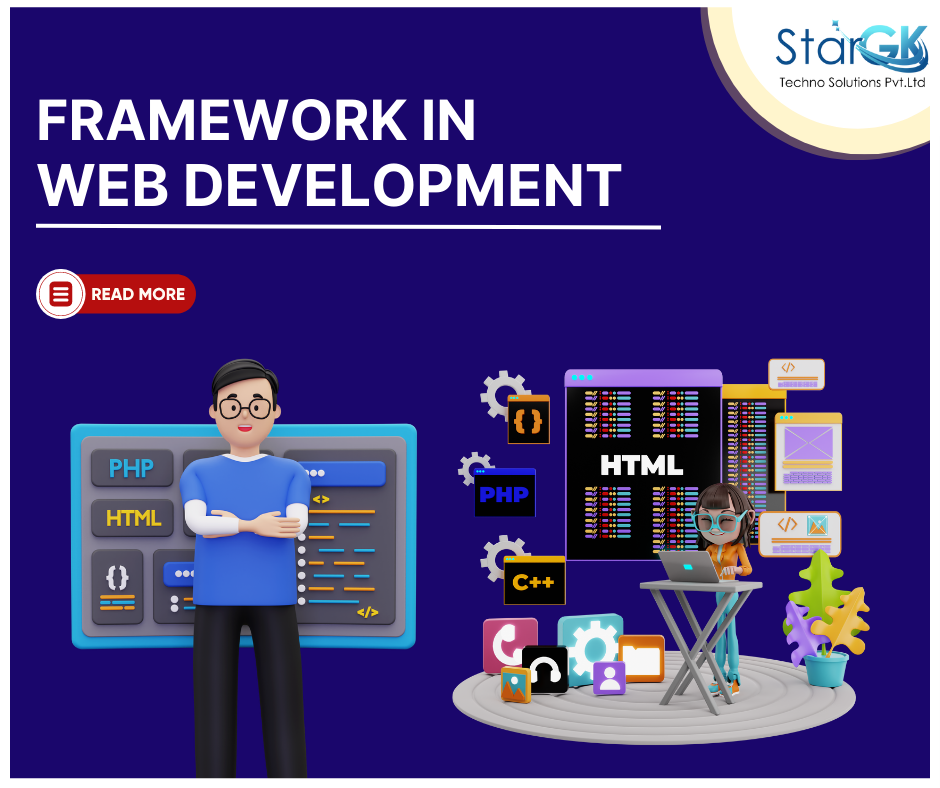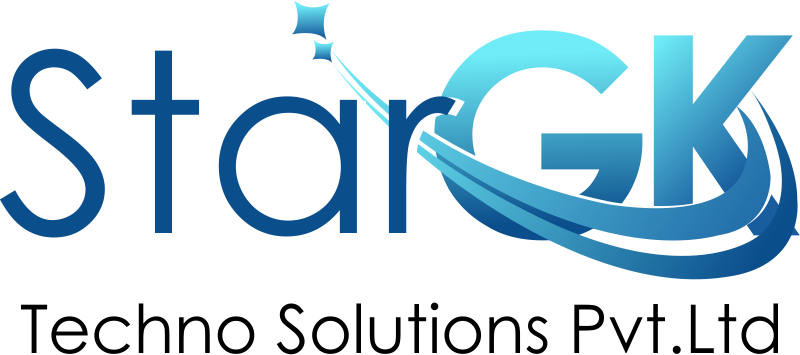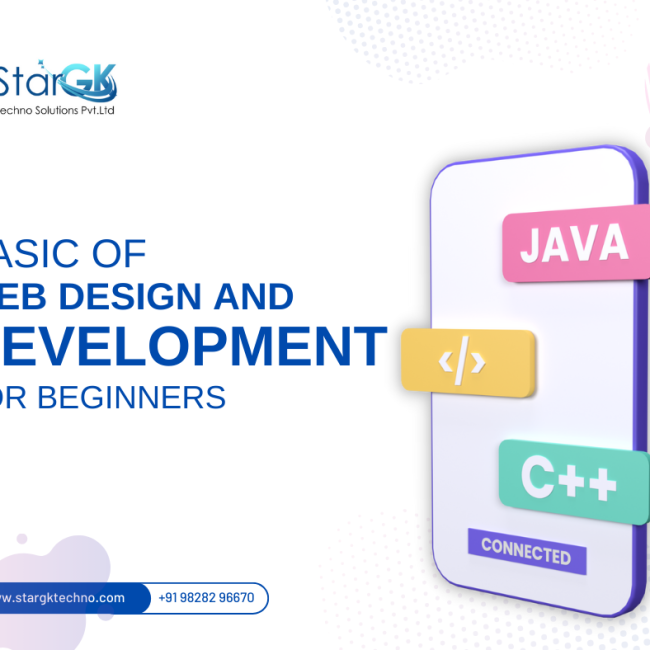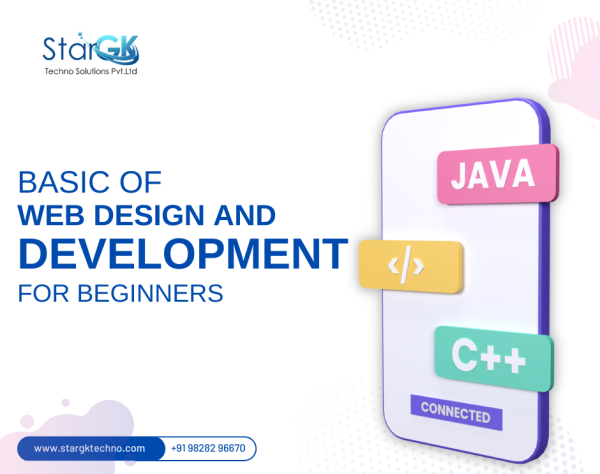
Framework for Web Development
In the world of web development, frameworks play a crucial role in streamlining the development process and enhancing productivity. They provide developers with a structured approach to building web applications, saving time and effort by handling common tasks and offering pre-built components. Python, a versatile programming language, has a plethora of frameworks that are highly regarded in the web development community.
What is Framework in Web Development
A web framework is a collection of tools, libraries, and standardized practices that provide a foundation for building web applications. It offers a structured environment and a set of predefined components that simplify the development process. The purpose of a framework is to provide developers with a clear structure and a set of conventions that make it easier to build and maintain web applications
Frameworks offer a wide range of features, including database abstraction, session management, URL routing, form handling, and security mechanisms. By using a framework, developers can focus more on the business logic of their application rather than spending time on repetitive coding tasks. Additionally, frameworks promote code reusability and modularity, allowing developers to build scalable and maintainable applications..
Key Factors to Consider
Project Requirements:
Evaluate the specific needs of your project, such as the complexity of the application, scalability requirements, and expected user traffic. Consider whether the framework supports the desired features, such as real-time updates, robust authentication, or API integrations.
Programming Language:
Frameworks are often associated with specific programming languages. Choose a framework that aligns with your preferred language or one that offers the best balance of performance, community support, and available resources.
Learning Curve:
Assess the learning curve associated with a framework. Some frameworks, like React.js or Vue.js, have a gentler learning curve, making them suitable for beginners, while others, such as Angular, might have steeper learning curves but offer more extensive features for enterprise-level applications.
Community Support:
A vibrant and active community contributes to the growth, stability, and continuous improvement of a framework. Consider the size and engagement of the community, availability of documentation, online resources, and the frequency of updates or bug fixes.
Ecosystem and Integration:
Evaluate the ecosystem surrounding the framework. Check the availability of libraries, plugins, and tools that complement the framework and facilitate common development tasks. Additionally, consider how well the framework integrates with other technologies you might need, such as databases, front-end libraries, or cloud services.
Exploring the Best Frameworks for Web Development
When it comes to web development, choosing the right framework is a crucial decision that can significantly impact the success of your project. With numerous options available, each offering unique features and benefits, it’s important to consider your project requirements, scalability needs, and personal preferences.
Following are some of the popular frameworks and their key strengths:
React.js
React.js, developed by Facebook, has gained immense popularity among web developers. It is a JavaScript library known for its component-based architecture and efficient virtual Document Object Model (DOM) rendering. React.js allows developers to create interactive user interfaces, build reusable components, and efficiently manage state. Its vast ecosystem, extensive community support, and compatibility with other libraries make it a top choice for building dynamic web applications.
Angular
Angular, developed by Google, is a comprehensive TypeScript-based framework that excels in building large-scale, feature-rich applications. It follows the Model-View-Controller (MVC) architectural pattern and provides a robust set of tools for data binding, dependency injection, and routing. Angular offers a structured approach to development, making it ideal for enterprise-level applications that require scalability, performance, and maintainability.
Django
Django, a high-level Python web framework, focuses on rapid development, code reusability, and pragmatic design principles. It follows the MVC architectural pattern and provides a rich set of features such as ORM (Object-Relational Mapping), authentication, and automatic admin interface generation. Django’s emphasis on convention over configuration reduces development time and promotes best practices. It is an excellent choice for building database-driven applications with a strong community and extensive documentation.
Pyramid
Pyramid is a versatile and scalable web framework that strikes a balance between simplicity and robustness. It follows a “pay only for what you need” philosophy, allowing developers to start small and gradually add more functionality as their projects evolve. Pyramid is known for its excellent documentation and flexibility, making it suitable for a wide range of projects, from small web applications to large-scale enterprise systems.
Conclusion
Selecting the best framework for web development depends on various factors. React.js, Angular, Django, and Pyramid are among the top frameworks preferred by developers due to their features, performance, and community support. Remember to evaluate the unique aspects of each framework and align them with your project goals to make an informed decision. Ultimately, the best framework is the one that suits your project’s needs and allows you to build robust, scalable, and user-friendly web applications.
With the right framework in hand, you can embark on a web development journey that is efficient, productive, and tailored to your needs. Happy coding!




